 We’ve recently joined the whole urban homesteading movement and one thing I’ve been focused on is trying to really up the ante on having a low-waste, self-producing kitchen. I’ve concentrated on wasting less and producing more with local and/or homegrown ingredients. Repurposing waste–finding new ways to use things that would end up composted, recycled, or trashed, has been very rewarding as I rethink and organize my kitchen, refrigerator, and pantry. Here’s six tips I’ve found to turn would-be trash into items easily utilized in my kitchen.
We’ve recently joined the whole urban homesteading movement and one thing I’ve been focused on is trying to really up the ante on having a low-waste, self-producing kitchen. I’ve concentrated on wasting less and producing more with local and/or homegrown ingredients. Repurposing waste–finding new ways to use things that would end up composted, recycled, or trashed, has been very rewarding as I rethink and organize my kitchen, refrigerator, and pantry. Here’s six tips I’ve found to turn would-be trash into items easily utilized in my kitchen.
1. Compost. What are you waiting for? You don’t need a fancy container. I just have a pile in my yard. All my produce waste, plus eggshells, teabags, and coffee grounds, go in the pile, along with dead leaves and grass clippings (after they’ve dried). Give it a good shower and a turn once a week. Get some worms going in there You’ll get unbelievable fertilizer in as little as six weeks, all from stuff that would have gone in a landfill or down the disposal.
2.. Homemade stock. I almost always use veggie stock–a habit I got into during my years as a vegetarian and my current diet as a infrequent meat eater. Those vacuum-sealed boxes are around $3, sometimes more. Why pay that when I can make my own from stuff that would end up in my compost pile? I started saving odds and ends of veggies from cooking and keeping them in a container in the freezer. I never use an entire onion and always have some type of limp veggie that I don’t want to throw out. When I had an entire container (about two or three cups), I chopped up some garlic, sauteed it in olive oil in the bottom of a stockpot, added the veggies, and filled the pot up with water. Brough it to a boil, reduced to a simmer, and let this baby bubble away for an hour. Seasoned it midway through with salt, pepper, and whatever herbs I had in my garden. I let this all cool, then strained it through a cheesecloth into freezer-safe containers. I made the equivalent of three and a half of those boxes of stock for absolutely nothing. The veggies went into the compost pile, where they were heading before. The best part about this is you can use almost anything that’s not gone completely bad–we’re talking onion papers, veggie peels, etc. I even threw in some parmigiano-reggiano rinds that I didn’t want to go to waste to give it a richer flavor.
3. Croutons and bread crumbs. We’ve always got odds and ends of bread around this house. Either someone (okay, me) doesn’t want to eat the heel of the bread, or I’ve got a quarter of a bakery loaf that looks like it might start sprouting dreaded mold at any moment. My new solution–pop it in a bag in the freezer. When I’ve got a bunch saved up, I oven-toast those bad boys up, either cubed and tossed with garlic-herb butter for croutons, or plain, which I then run through my little food processor. Add italian seasoning (or any seasoning you like), and you don’t have to buy bread crumbs. Let me tell you, much like dressing, once you start eating homemade croutons, you won’t buy them anymore. I made some the other day with some old challah…I could have eaten them alone, sans salad.
4. Glass jars. Yes, they’re recyclable. But, even better, they’re infinitely reusable. I’ve got them everywhere. They mostly come to my kitchen by way of housing store-bought pasta sauce, salsa, or condiments. Why buy storage containers when you can use jars you’ve got at home? Wash them, take off the labels, and use them to store dry goods. I’ve got various grains, beans, lentils, and baking supplies all stored in glass jars, all labeled with my handy-dandy label maker. We also use them to drink out of, to cold-brew coffee in the summer, and to store non-kitchen things like nails, screws, old batteries to be recycled, etc.
5. Lemons. If you use lemons for cooking and baking, they don’t necessary have to go straight to the compost pile after you’ve zested or juiced them. They’ve got another life as a freshening agent. I use an already-juiced half to wipe down my cutting board or counters. You can also run them through your disposal to freshen things up a bit. It can get nasty down there.
6. Ends of bottles of wine. At our house, there’s usually not much, if any, wine left after we’ve cracked a bottle. But sometimes you find yourself with less than a glass that you are thinking about throwing away. Freeze it in an ice-cube tray to use later in a sauce, stock, or soup. Good wine adds great flavor to all of these.
Related Posts
Nine Money-Saving Tips to Eating Greener
Digging for Fresh Ideas: Save Money, Eat Healthy, Support Local and Sustainable Food Systems
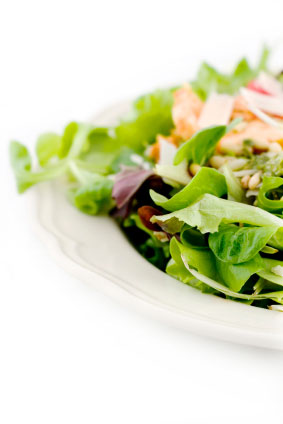
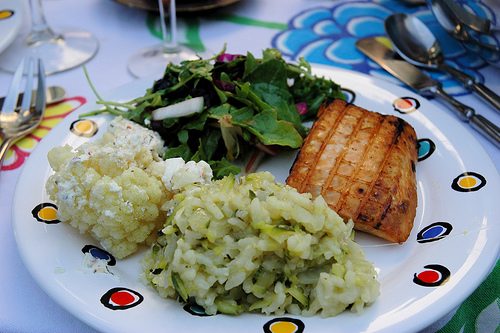

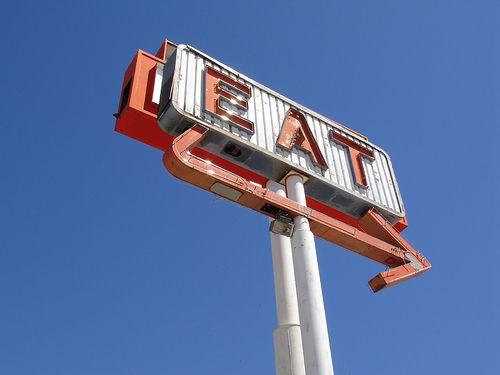
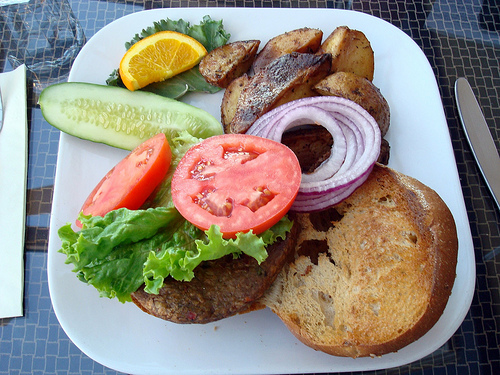
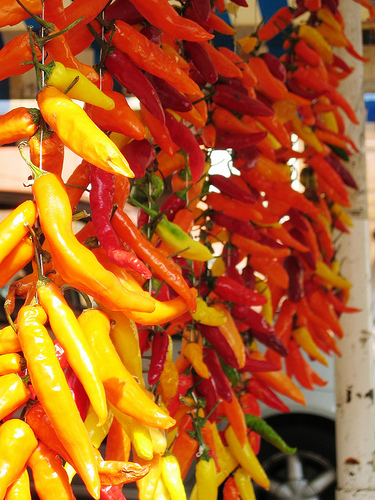
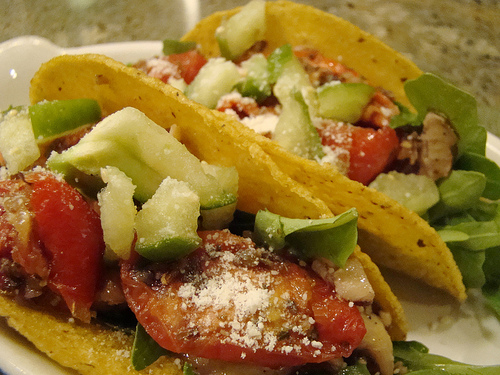
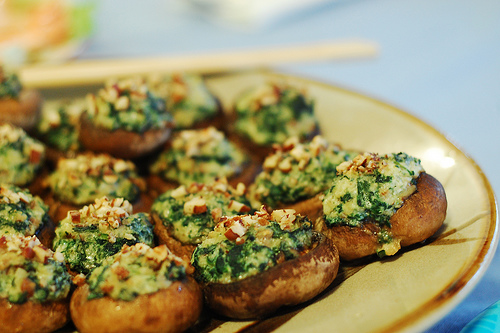
Kelli! I love these tips! We rarely think of reusing BEFORE recycling.